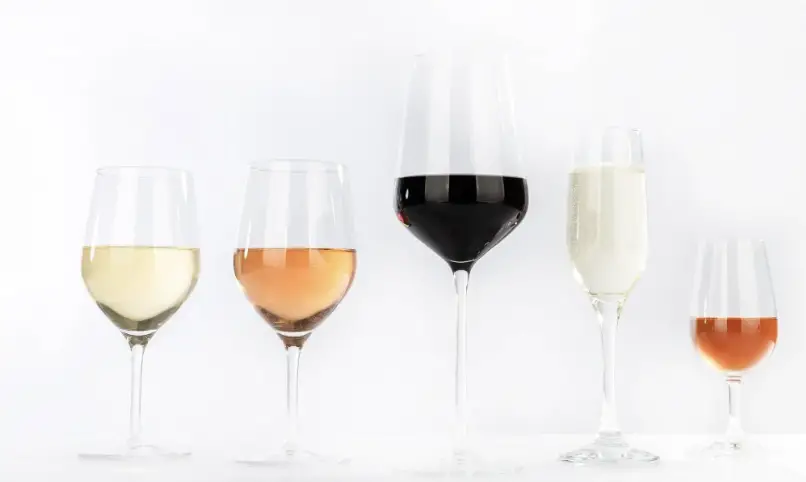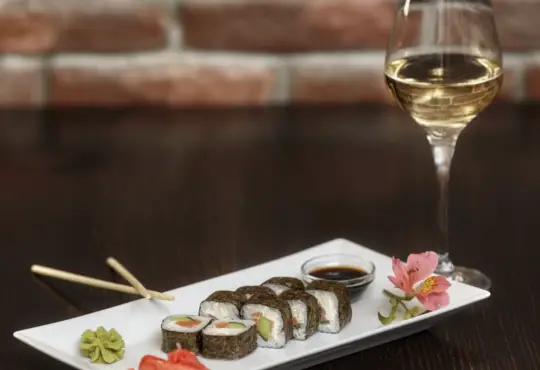
Unlocking the Secrets: The Difference Between Red Wine and White Wine Glasses
Wine enthusiasts know that the glassware they use can significantly influence their wine-drinking experience. The shape, size, and design of a wine glass play a crucial role in how the wine’s aromas and flavors are perceived. When it comes to red and white wines, specialized glassware enhances the unique characteristics of each. In this blog post, we will explore the differences between red wine and white wine glasses, revealing the secrets behind their designs and how they elevate your enjoyment of these beloved libations.
- Bowl Shape and Size
a) Red Wine Glasses: Red wine glasses typically have a larger and rounder bowl compared to white wine glasses. The generous bowl size allows for better aeration, enabling the wine to come into contact with more oxygen. This process enhances the wine’s aromas and softens its tannins, making it smoother on the palate. The wide bowl also provides ample space for swirling, which further intensifies the wine’s aromas.
b) White Wine Glasses: In contrast, white wine glasses feature a narrower bowl with a more U-shaped design. The smaller bowl size helps retain the wine’s delicate and crisp aromas, preserving its freshness and acidity. Unlike red wines, white wines do not require as much aeration, making the narrower bowl a perfect choice for these lighter-bodied varietals.
- Rim Diameter
a) Red Wine Glasses: The rim of a red wine glass is usually wider than that of a white wine glass. This design allows the wine to flow smoothly onto the palate, ensuring you experience the full range of flavors with each sip.
b) White Wine Glasses: White wine glasses have a narrower rim, which directs the wine to the front of the mouth, enhancing the perception of acidity and subtle fruit flavors.
- Stem Length and Base
a) Red Wine Glasses: Red wine glasses often have a longer stem and a broader base. The elongated stem ensures that you hold the glass without affecting the wine’s temperature, as red wines are typically served at slightly warmer temperatures than white wines. The broader base provides stability, preventing the glass from tipping over and ensuring the wine’s flavors remain undisturbed.
b) White Wine Glasses: White wine glasses may have a shorter stem and a smaller base. Since white wines are typically served chilled, the shorter stem allows the drinker to hold the glass closer to the bowl, maintaining the wine’s refreshing temperature.
Conclusion
In the world of wine, the glass you choose can make a significant difference in your overall tasting experience. Red wine glasses, with their larger and rounder bowl, are designed to enhance the wine’s complexity and depth, making them ideal for robust reds with bold aromas and flavors. White wine glasses, featuring a narrower bowl, elevate the delicacy and freshness of white wines, bringing out their crispness and fruitiness.
Next time you pour yourself a glass of wine, consider using the appropriate glassware tailored to the wine type. By doing so, you’ll unlock the full potential of your chosen wine, enjoying its nuances and complexities to the fullest. Investing in quality wine glasses tailored to each wine style will undoubtedly elevate your wine appreciation journey, making each sip a delightful and memorable experience. Cheers to the beauty of wine and the art of savoring it with the perfect glass!






